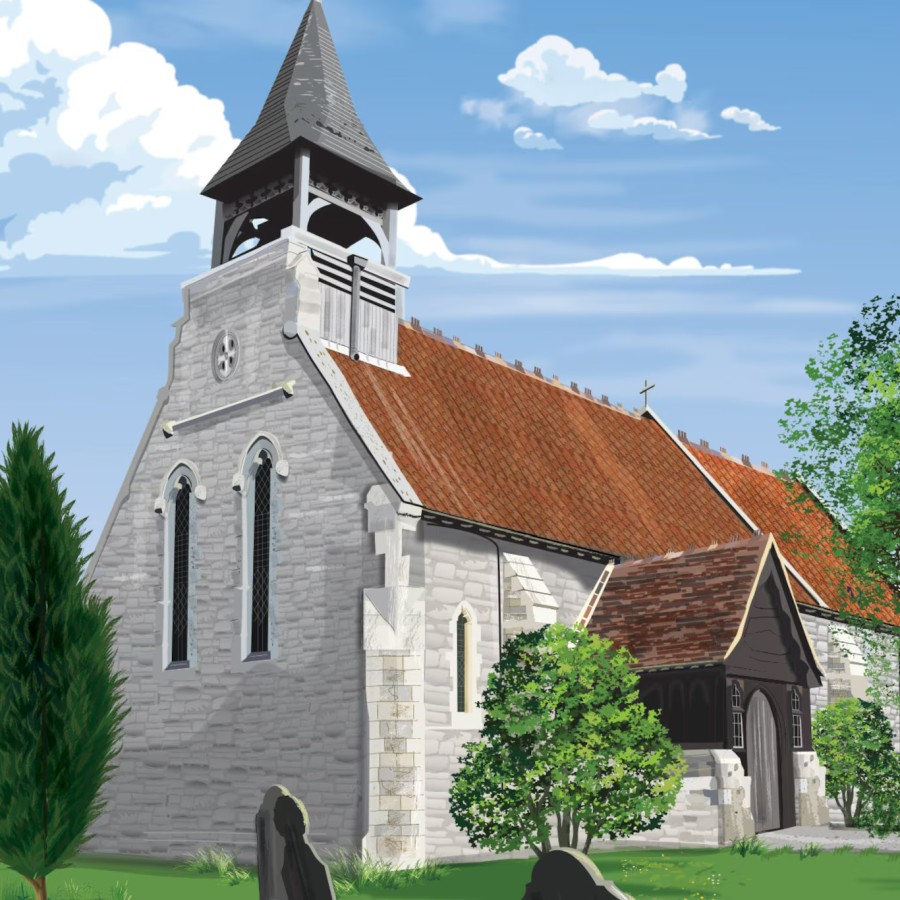Simple Swaps for More Sustainable Churches

Churches are the heart of our communities. And whether residents are religious or not, they can do a huge amount of good for parishioners and the wider community (including native wildlife).
Also read how churches can provide home for bats and owls.
Ideas to Make Your Church More Sustainable
- Making Your Church Sustainable looks at how to develop a plan to suit your church in a world of pressure on budgets and soaring energy costs. Learn how to improve church maintenance practices, and find alternative ways to heat your church.
- Earn a certificate at Eco Churches, to also save a fortune on bills. The site has free books on green energy, wildlife-friendly lighting, boilers, heating and recycling.
Choose Soot-Free Church Candles
Most churches light candles, whether it’s for a service or for parishioners to light in memory of loved ones. Paraffin candles support the oil industry, and cause indoor air pollution.
Soot-free soy candles burn cleaner than paraffin ones. Choose unscented, due to allergies, pregnancy, babies and pets.
Follow candle safety tips. Before lighting, trim wick to 1/4 inch and keep free from trimmings and matches, and don’t burn for more than a few hours. Place candles on stable heat-resistant surfaces.
Switch Church Money to Greener Causes
JustMoney Movement has a free guide for churches to switch to greener banks and campaigns for a Wealth Tax of 1% to 2% on those with assets over £10 million (which could raise £50 billion).
An annual wealth tax of up to 5% on the world’s billionaires and multi-millionaires could raise enough money to lift 2 billion people out of poverty. Download an ethical buying guide for churches.
Looking After Churches (and residents!)
- Reduce your footprint with the free carbon calculator. This was developed by the son of ecological writer Satish Kumar, who once built his own solar-powered boat and sailed it around the British Isles. This should also reduce bills enormously.
- CosyGlazing is an affordable lightweight alternative to glass, which is approved for use on sash windows, to reduce heat loss by around 70%. It uses plexiglass (used in the aeronautical industry), and approved for listed buildings.
- Historic England has an extensive guide on how to maintain and repair ancient stained glass windows.
- Create a non-profit pop-up café. This not only gives local people somewhere to enjoy an affordable drink, but enhances community and friendship.
- Adopt an unused phone box. This scheme run by BT, lets you buy an old red phone box for £1, after approval. Communities use them for everything from installing community defibrillators to mini-book libraries (you could use it perhaps for religious books?)
- Host Climate Sundays. Instead of holding conventional services, inspire communities with free mass services on how to help our beautiful planet.






